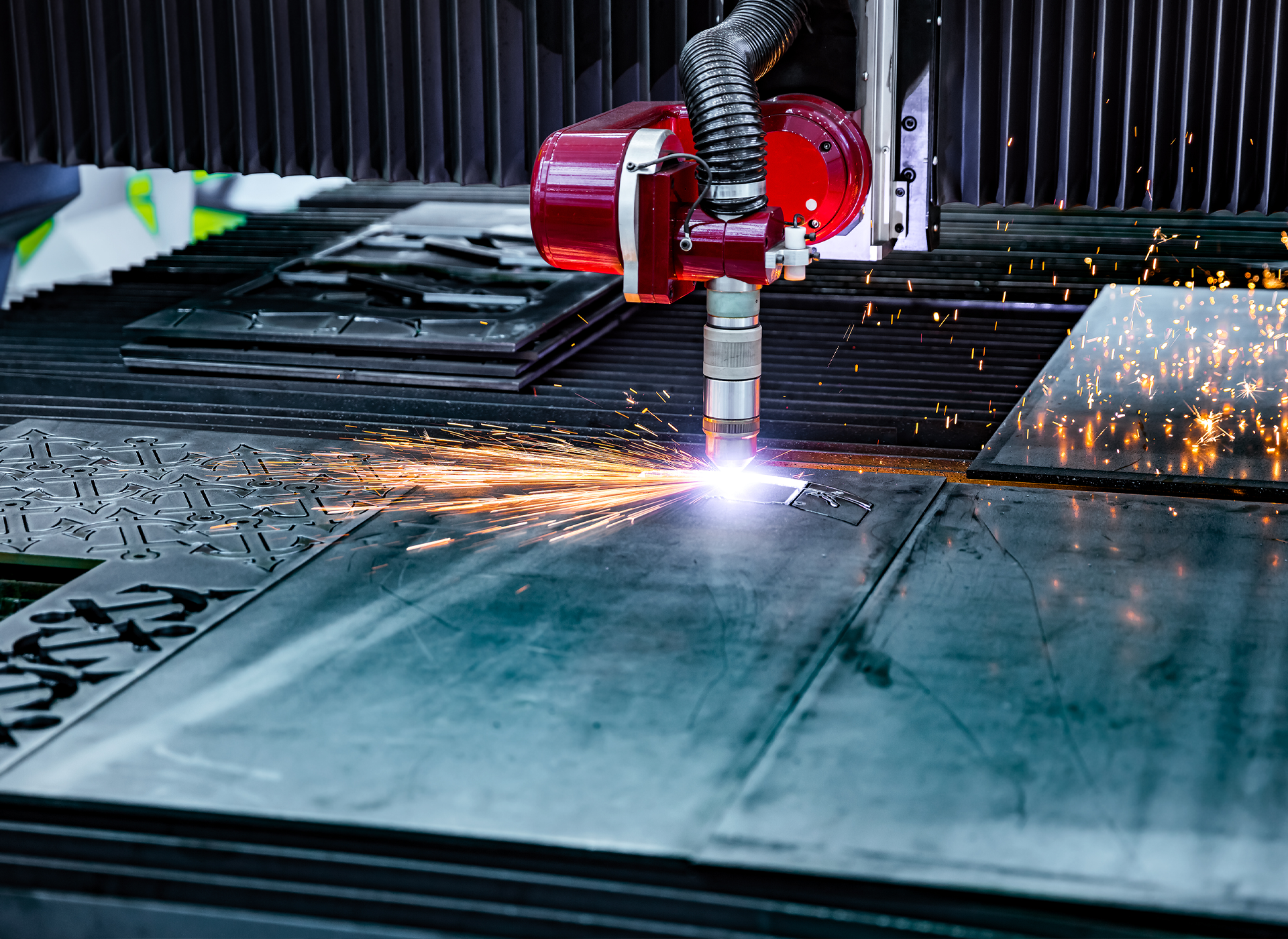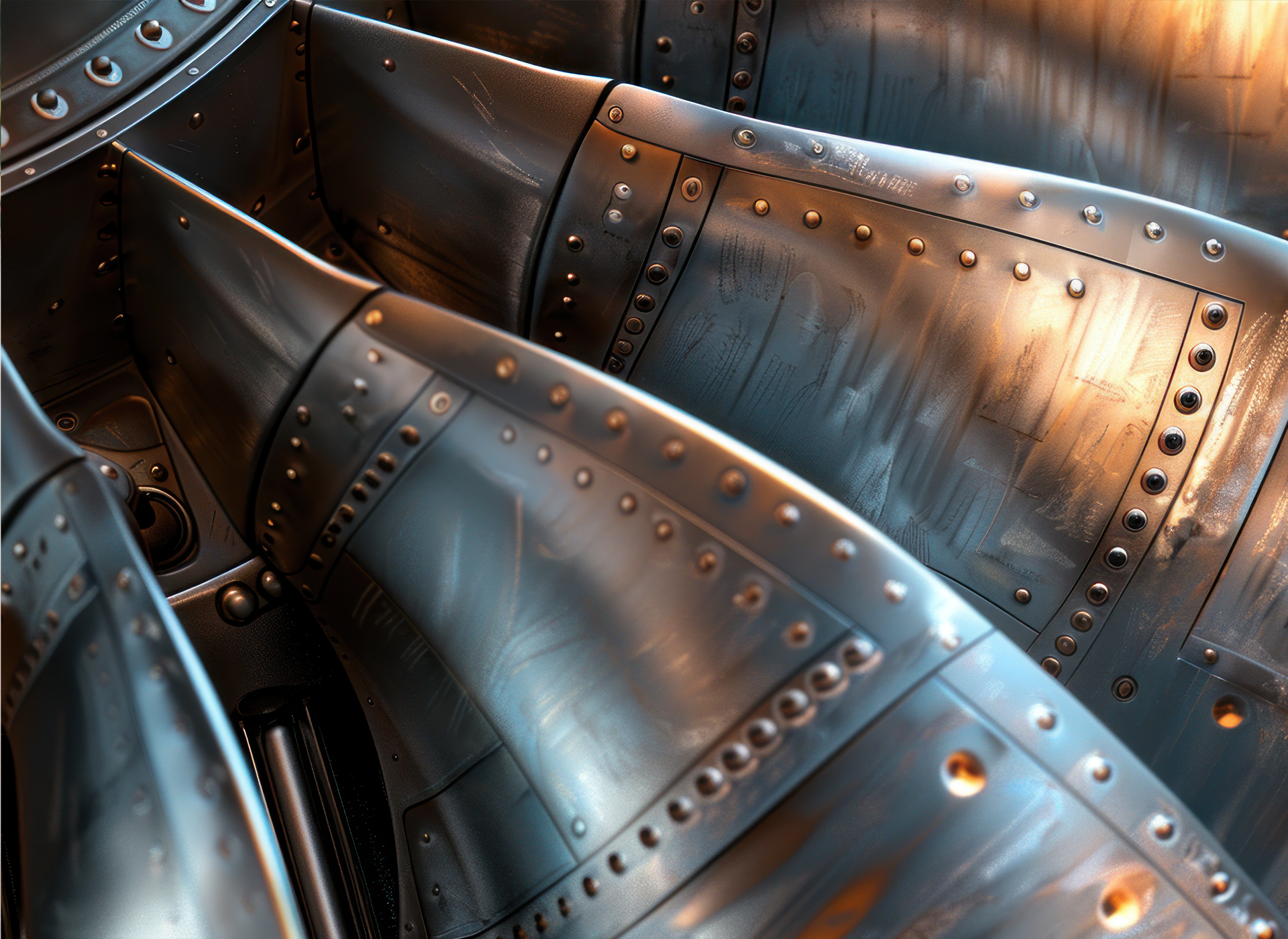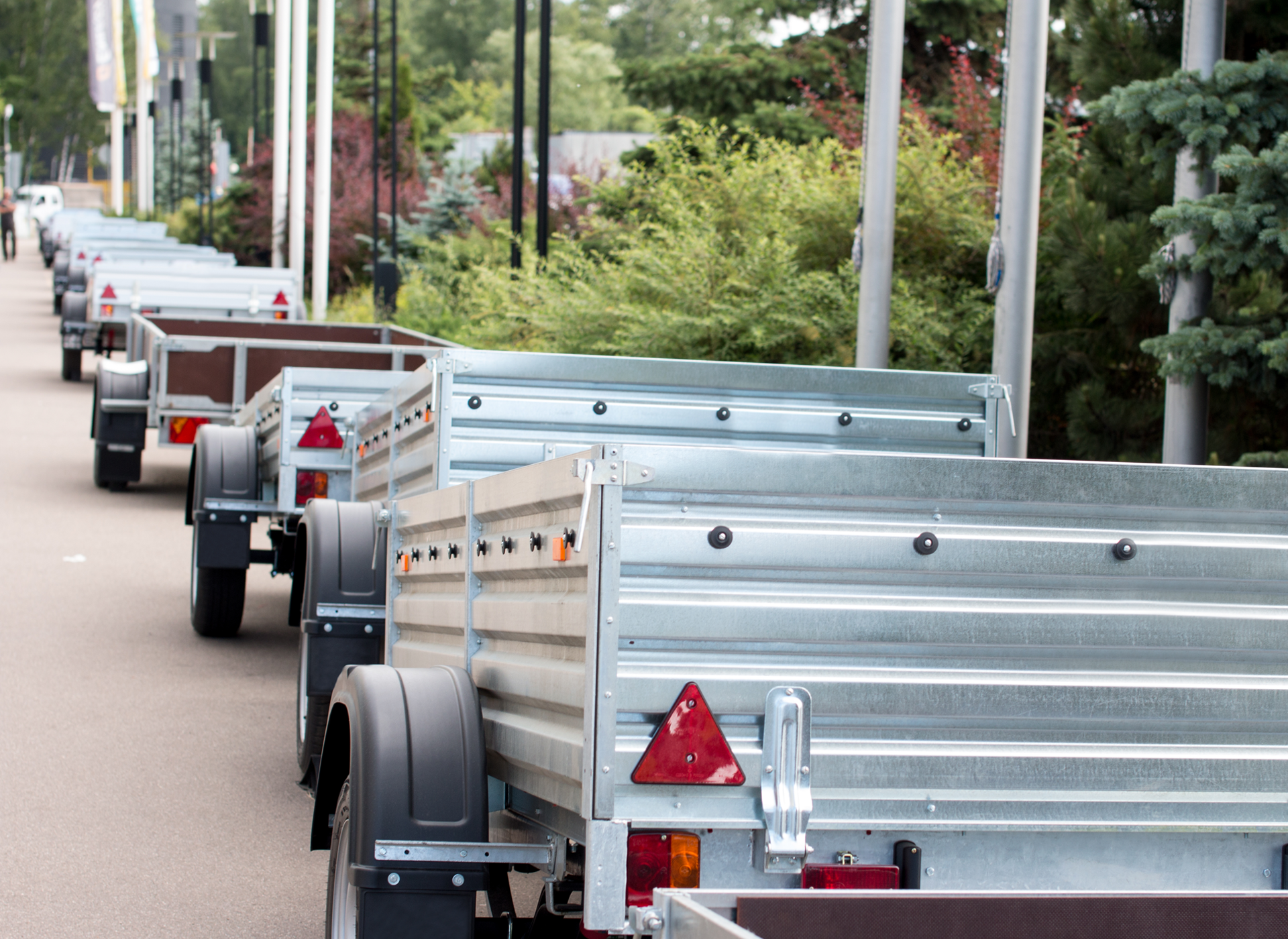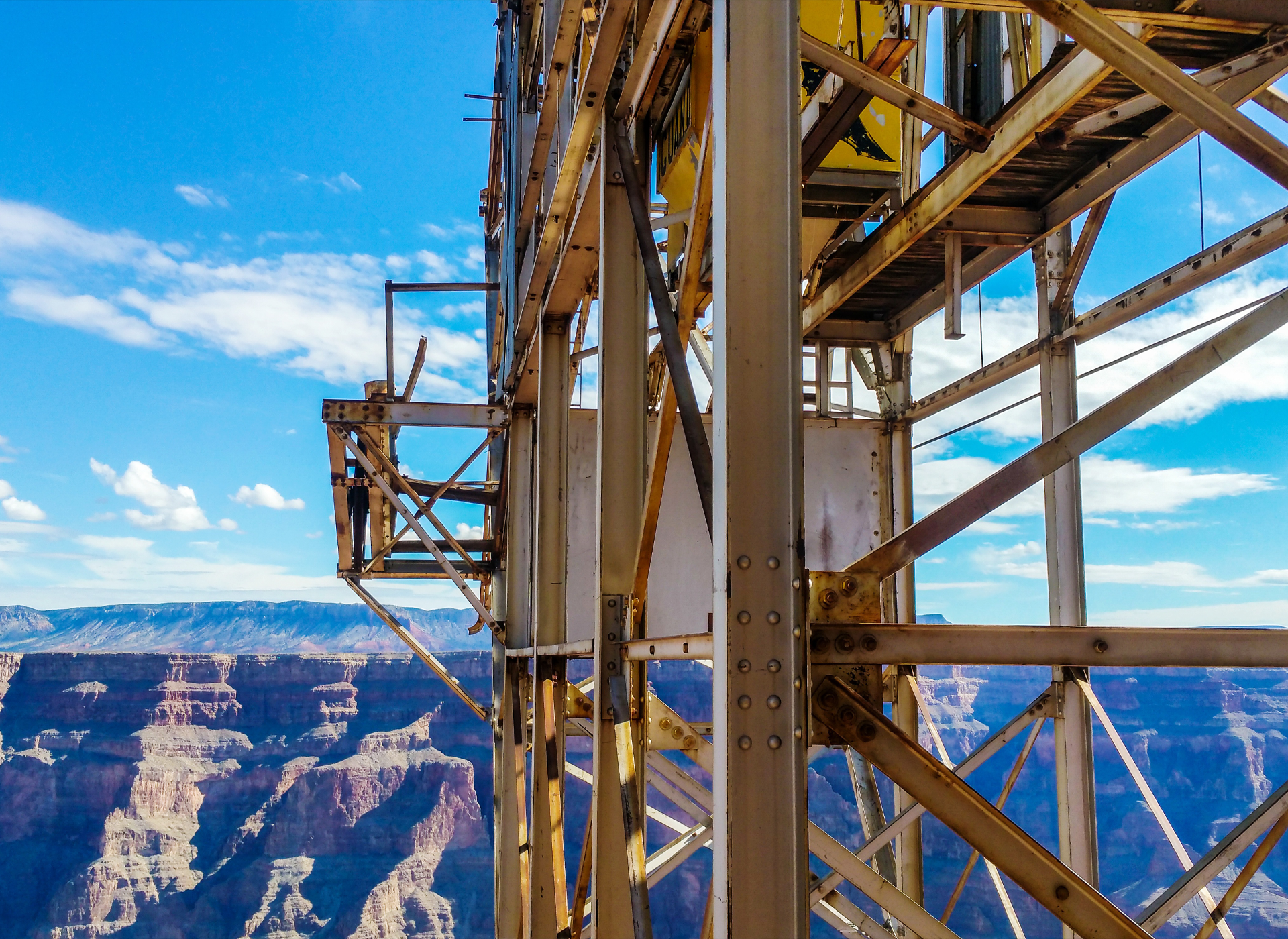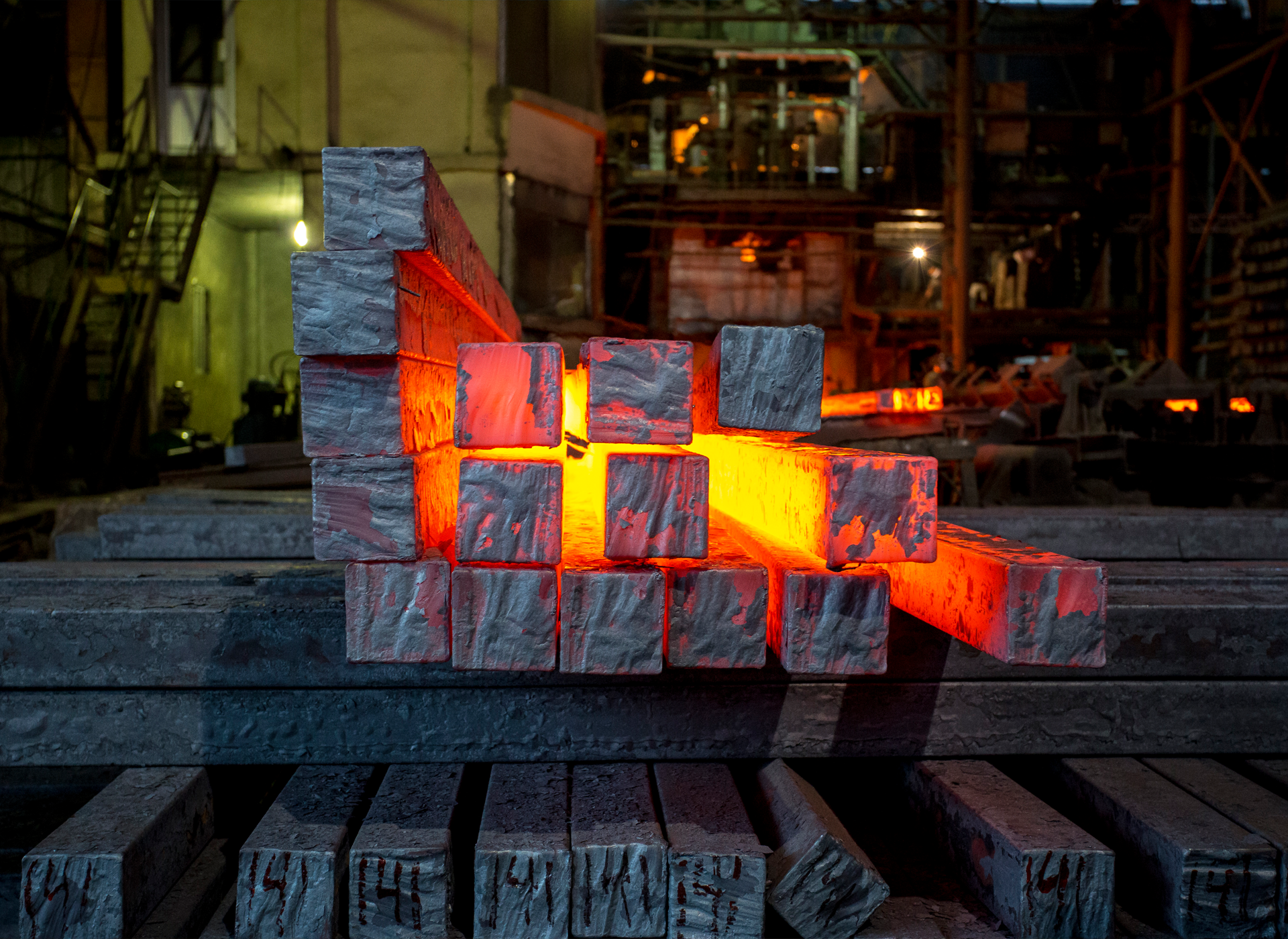What Is Steel Kitting and How It Saves Time in Fabrication
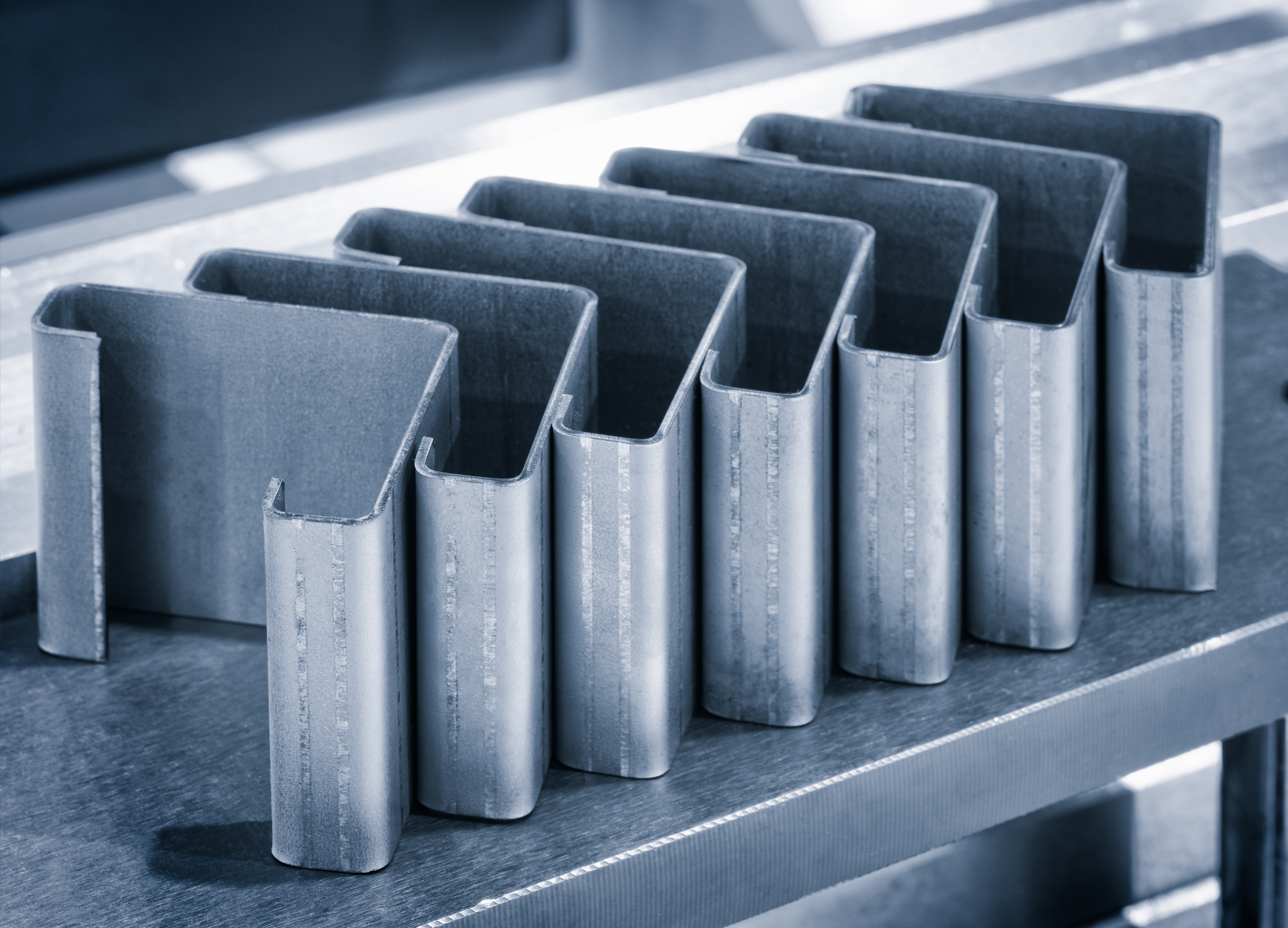
In high-volume manufacturing and custom fabrication environments, efficiency is everything. When project timelines are tight and labor is limited, the smallest delays like searching for the right parts or waiting on missing components can create costly bottlenecks. That’s where steel kitting comes in.
Steel kitting is a value-added service that consolidates all the processed steel components for a specific job or subassembly into a single, organized package. At Olympic Steel, this service helps fabricators and OEMs improve workflow, reduce waste, and speed up production. In this blog, we’ll explore how kitting works, when it adds value, and how it fits into the broader strategy of lean fabrication.
What Is Steel Kitting?
Steel kitting refers to the process of grouping together all the parts and materials needed for a specific fabrication job or product assembly. Instead of receiving a pallet of raw sheet, plate, or coil, customers receive a kit of laser-cut, formed, and labeled parts that are ready to be assembled or welded without additional prep.
Kitting eliminates the need for in-house sorting, staging, or inventory pulls. Each kit is built to spec and may include:
- Precision-cut steel components
- Formed brackets or frames
- Identifiers like part numbers, heat codes, or order references
- Packaging or pallets grouped by build sequence or location
Olympic Steel prepares these kits using drawings or bills of material (BOMs) provided by the customer. By delivering just what’s needed when it’s needed kitting supports lean production principles and minimizes downtime on the shop floor.
Why Fabricators Choose Kitting
Fabricators often operate in fast-paced environments where assembly speed and inventory control are crucial. When shops have to pull steel from inventory, cut to size, label parts, and organize for welding all before actual fabrication begins valuable time is lost.
Kitting removes those front-end steps. Shops receive parts in sequence, cut to spec, and labeled for easy handling. Operators can move straight to fit-up or welding with minimal delay. This simplifies staging, reduces forklift traffic, and shortens lead times across the board.
For OEMs, kitting ensures part consistency, fewer errors, and scalable production. For custom shops, it allows more jobs to move through the floor without increasing headcount or expanding footprint.
How Olympic Steel’s Kitting Services Work
At Olympic Steel, kitting is part of our broader value-added processing solution. With in-house laser cutting, plasma and oxy-fuel burning, forming, temper passing, and more, we don’t just ship raw steel we deliver material that’s production-ready.
Here’s how a typical kitting project is handled:
- Review the BOM or part drawings – Customers share part specs, nesting layouts, or CAD files.
- Select materials – Olympic Steel stocks carbon, coated, and alloy steels suited for the job.
- Cut and process – Parts are cut, formed, leveled, or edge prepped using the required method.
- Label and organize – Each part is labeled by part number, heat code, or customer identifier.
- Kitting and packaging – Components are grouped and packed based on assembly sequence, model number, or end-use location.
- Delivery – Kitted packages are delivered just-in-time or on contract schedule to minimize in-plant inventory.
Our national footprint and internal logistics allow us to support OEMs, contract manufacturers, and fabricators at scale whether you need one kit or hundreds per week.
Benefits of Steel Kitting in Fabrication
The primary goal of kitting is to increase efficiency and reduce friction in fabrication workflows. Here’s how that translates to real-world impact:
Faster Assembly
By delivering ready-to-use parts, kitting eliminates the time and labor needed to locate, measure, or cut raw material.
Fewer Errors
Part misplacement, duplication, or wrong material pulls are reduced through consistent labeling and packaging.
Lean Manufacturing Support
Kitting aligns with just-in-time (JIT) principles by ensuring that only the parts needed for immediate work are on hand.
Improved Floor Space Usage
Instead of storing full sheets and cutting stations, shops use smaller staging areas for kitted jobs.
Better Cost Control
Kitting reduces labor hours, eliminates waste from offcuts or mis-cuts, and improves productivity per employee.
Where Kitting Delivers the Most Value
Steel kitting is particularly useful in industries and operations that rely on repeatable builds, multi-part assemblies, or frequent design variation.
Typical kitting use cases include:
- Trailer and transportation frame assemblies
- Agricultural equipment parts and support arms
- Control enclosures and electrical panels
- Subassemblies in HVAC and utility systems
- Equipment base frames and weldments
Whether you’re building repeat models, servicing multiple workstations, or feeding robotic welding systems, kitting can reduce handling time and streamline throughput.
Table: Comparing Traditional Fabrication vs. Kitting
| Step | Traditional Approach | Kitting Approach |
|---|---|---|
| Raw Material Handling | Internal inventory pull | Delivered grouped by project |
| Cutting and Prepping | On-site labor required | Pre-cut, formed by Olympic Steel |
| Part Labeling | Manual tagging or reference sheets | Machine labeled, heat-coded |
| Staging and Assembly Prep | Requires floor space and sequencing | Packaged in build-ready kits |
| Waste and Rework | Common due to part errors | Minimized with pre-verified specs |
FAQs: Steel Kitting for Fabricators
What information does Olympic Steel need to create a kit?
We typically request a bill of materials, CAD files, or a part list with material requirements, thicknesses, and quantity.
Can kits be delivered on a schedule?
Yes. We offer JIT delivery and contract supply programs to ship kits weekly, daily, or as needed.
Is kitting available for formed or welded parts?
Yes. We can include press brake-formed parts or partial subassemblies in your kitted deliveries.
How does kitting affect lead time?
While kitting adds coordination on the front end, it dramatically reduces production time at your facility.
Can kits be labeled with my part numbers or job codes?
Absolutely. We label based on your BOM or part code system for easy reference and traceability.
Final Thoughts
In the pursuit of faster fabrication and better production flow, steel kitting is a proven solution. By consolidating all necessary parts, labeling them clearly, and delivering them when and where they’re needed, Olympic Steel helps reduce labor costs, cut lead times, and eliminate excess handling.
For OEMs, job shops, and high-mix manufacturers, kitting brings organization to the chaos of daily production and transforms steel supply from a challenge into a strategic advantage.
Let Olympic Steel prepare your next job with fully kitted, ready-to-assemble parts that help you build more in less time.
